Circuit 2 of Machu Picchu -Where Horizons Expand
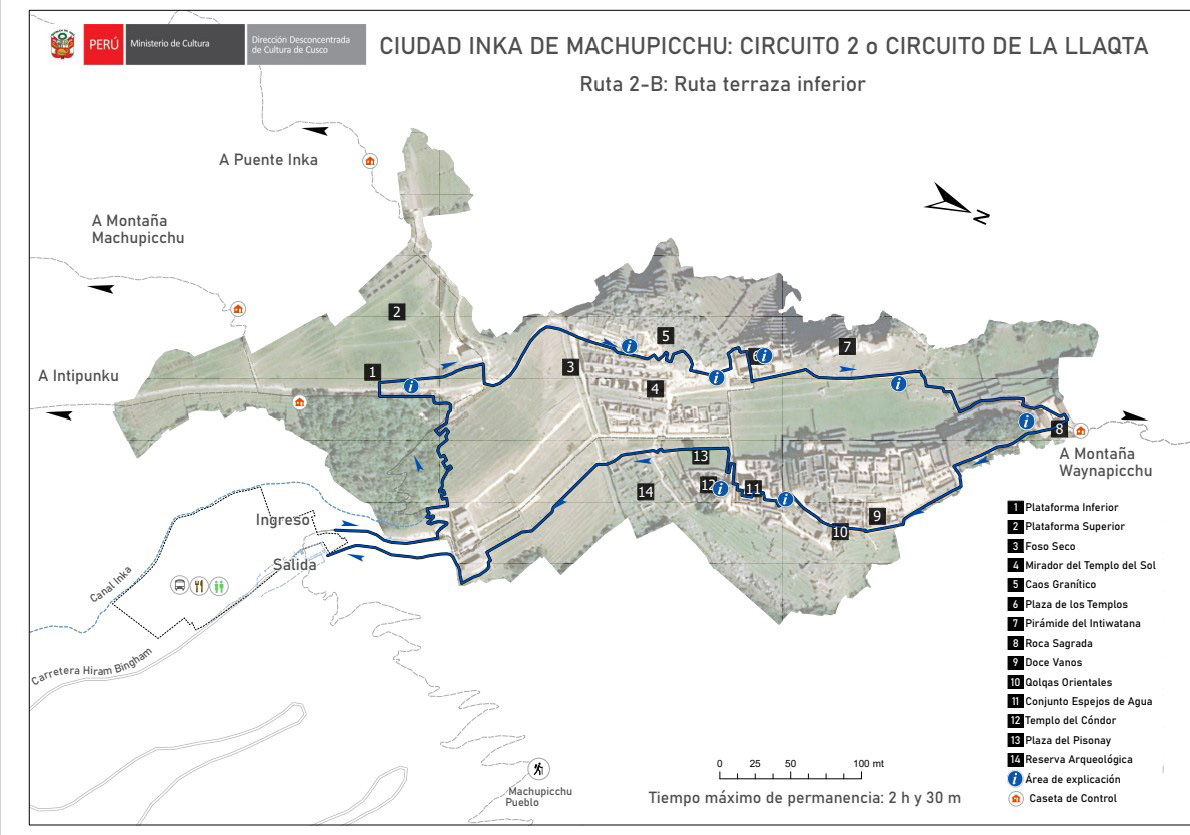
In Machu Picchu, both Circuit 2 and Circuit 3 share several important archaeological sites, allowing visitors to explore many of the same iconic locations from slightly different routes and perspectives. Both circuits guide you through important areas like the Temple of the Sun, the Sacred Plaza, and the Agricultural Terraces.
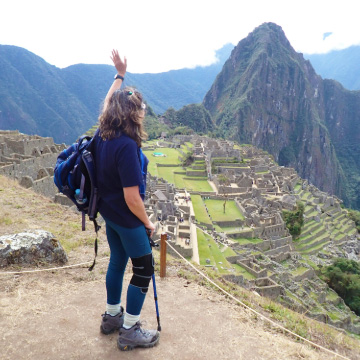
Machu Picchu:
Rise Above the Ordinary!
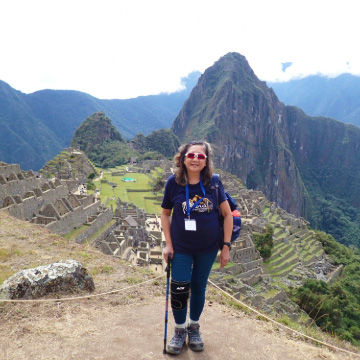
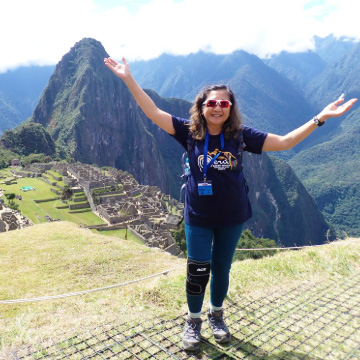
Scale the Summits of Success
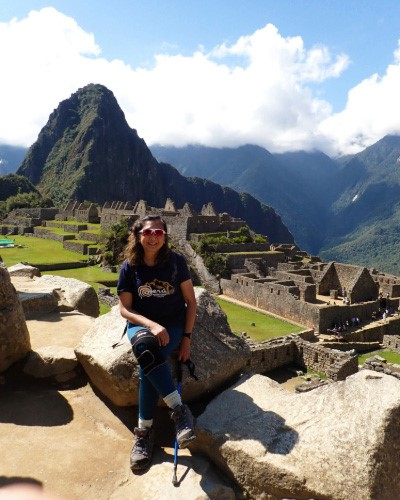
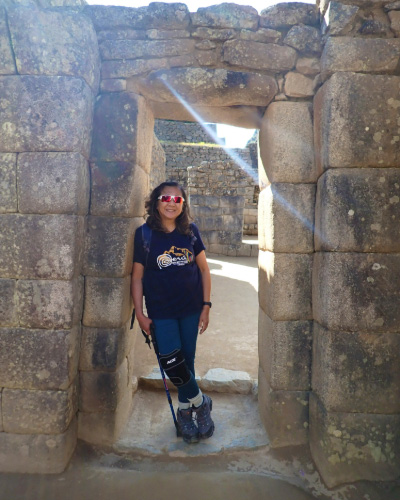
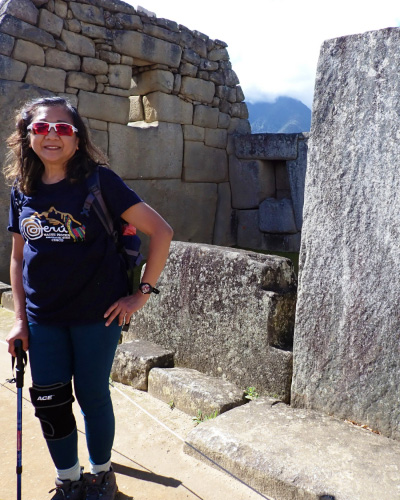
I’m sorry if I overwhelmed you with so many photos of me but being here at Machu Picchu is such a dream come true for me. This has always been my ultimate goal to reach, and now that I’m actually standing here, it feels almost surreal. I can’t believe I made it.
For so long, I’ve only seen photos of this place in books and read about its fascinating history—the Inca civilization, the temples, the terraces, the breathtaking mountains that surround it. I never imagined I’d one day be here, walking among these ancient stones and witnessing it all in person.
Every step I take feels like a connection to the past, to something greater than myself. I’m just so overwhelmed with gratitude and awe for this moment, and I couldn’t help but capture it all in photos. I want to remember this feeling forever, and I hope the photos show just how much being here means to me. Machu Picchu is more beautiful and inspiring than I could have ever imagined.
From Every Angle, Mountains Amaze
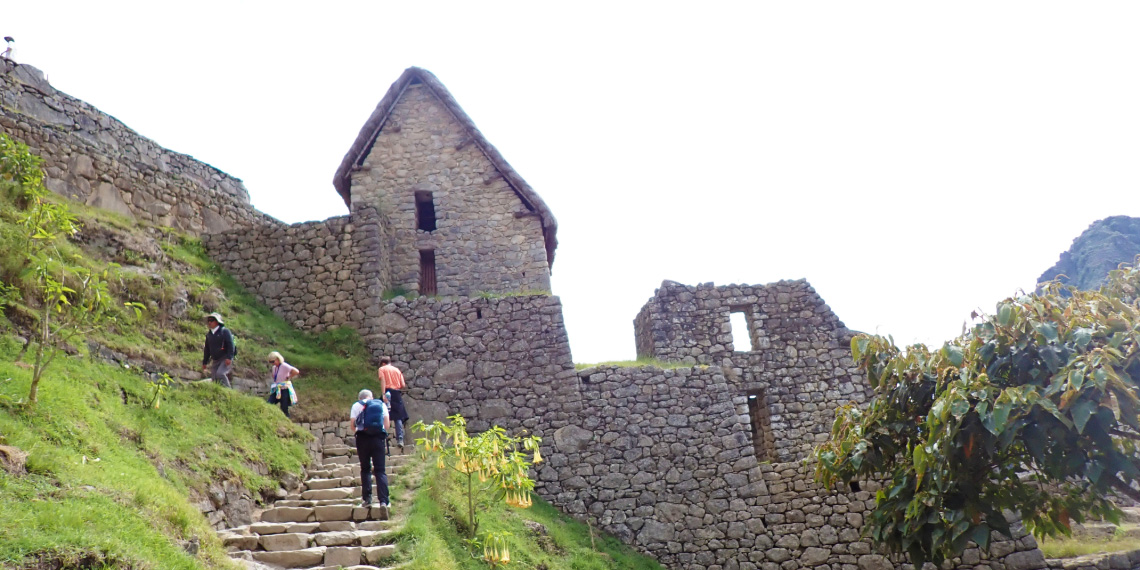
Live Life at the Top – Explore the Mountains
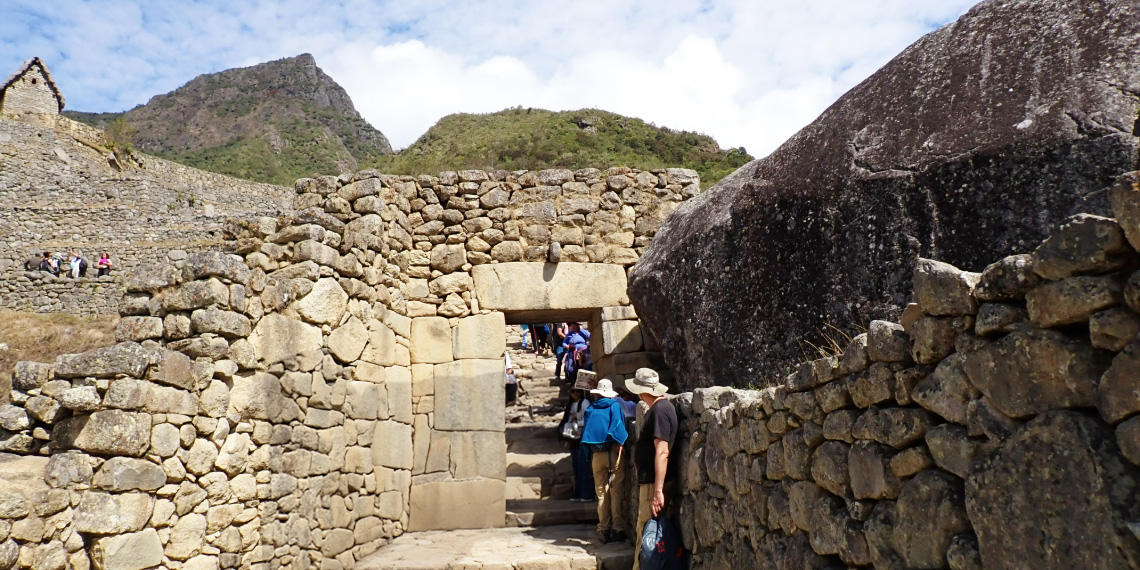
Soar Above the Clouds – Mountains Await
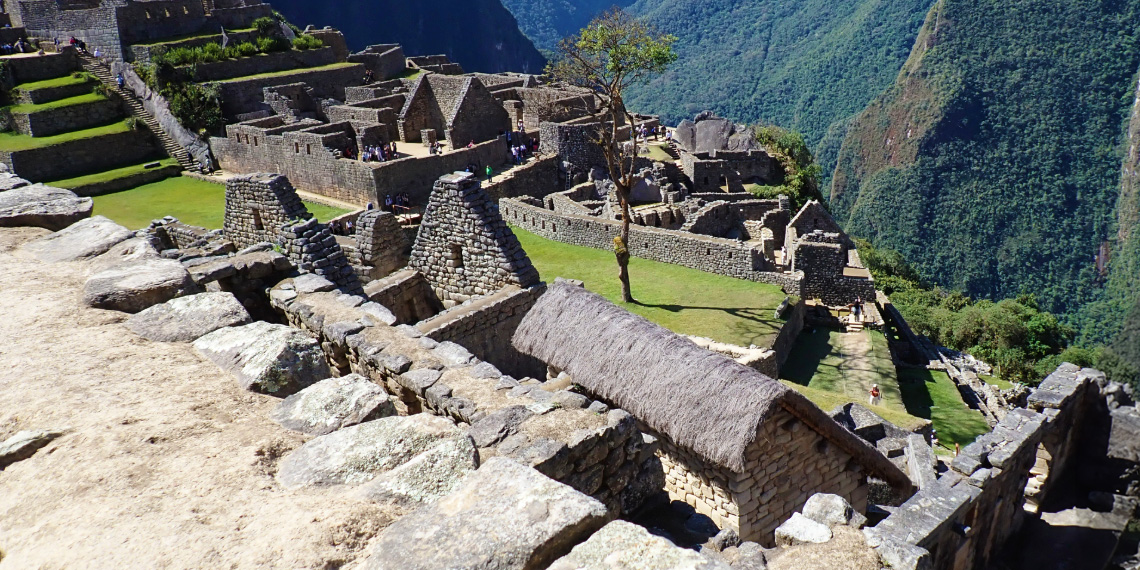
Machu Picchu: Experience the Elevation
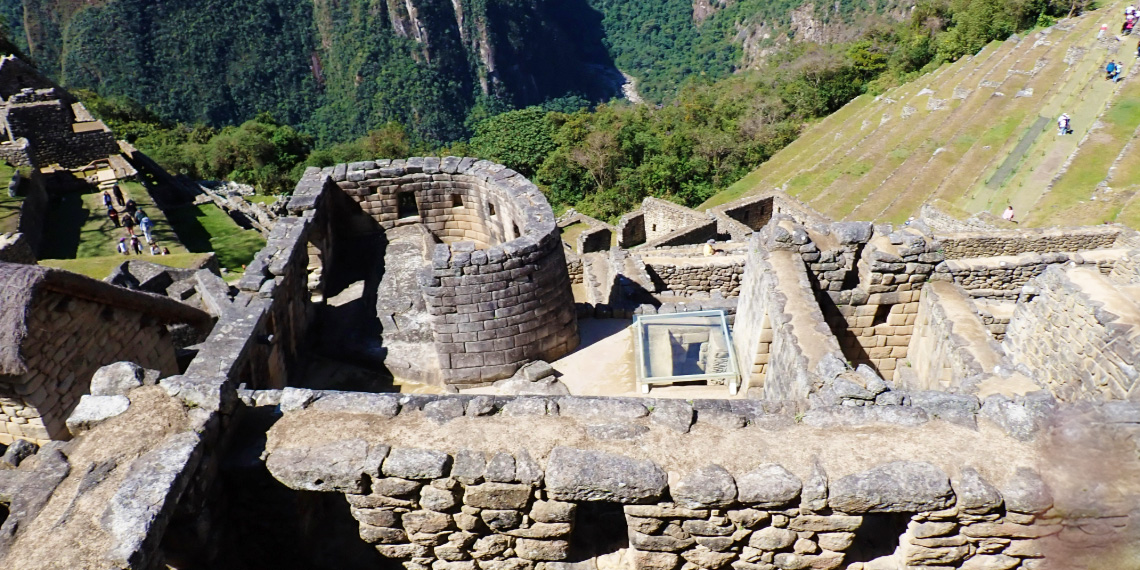
Journey Upward: Mountains as Muses
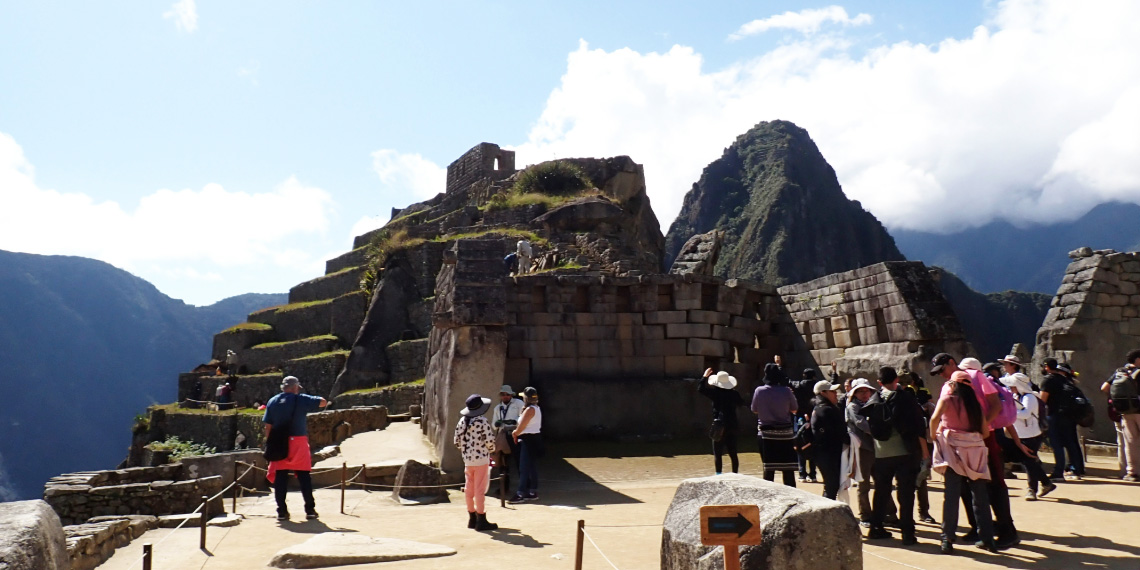
The Higher, The Purer: Climb Mountains
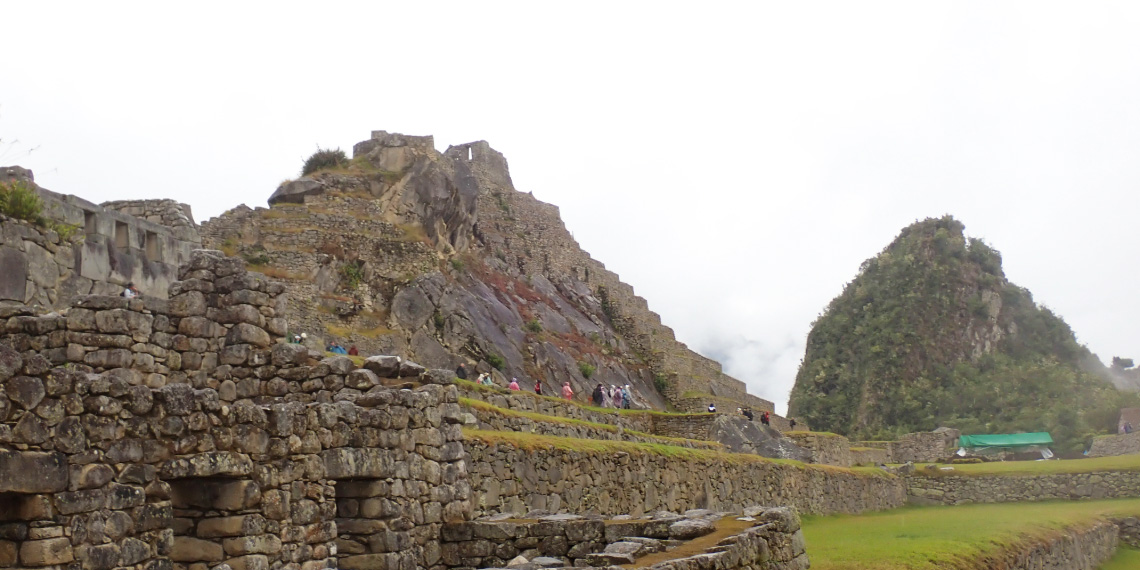
Find Your Peak Experience in the Mountains
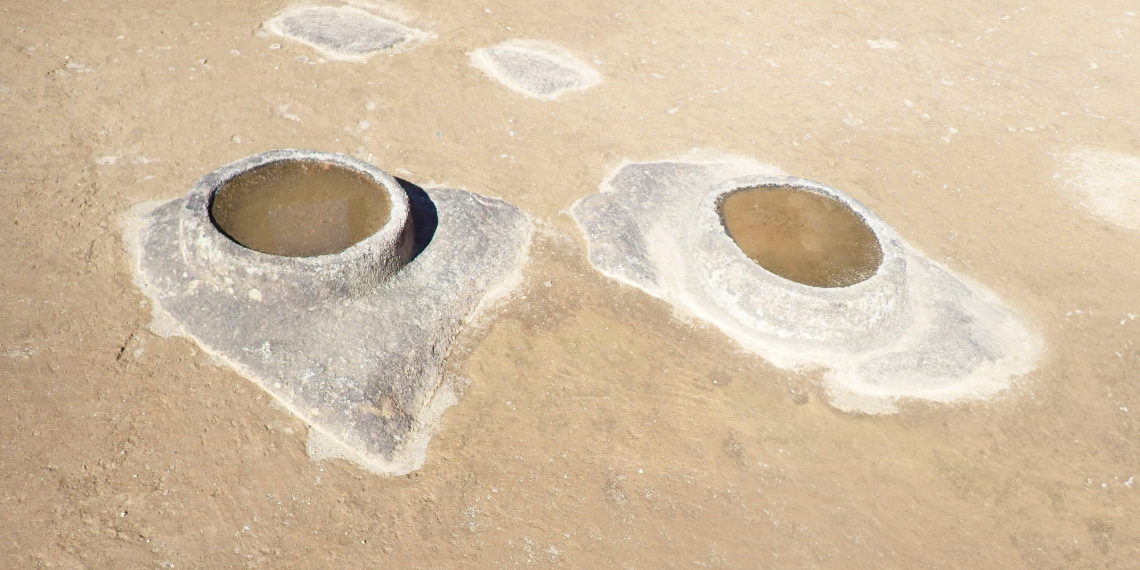
Live Life at the Top – Explore the Mountains
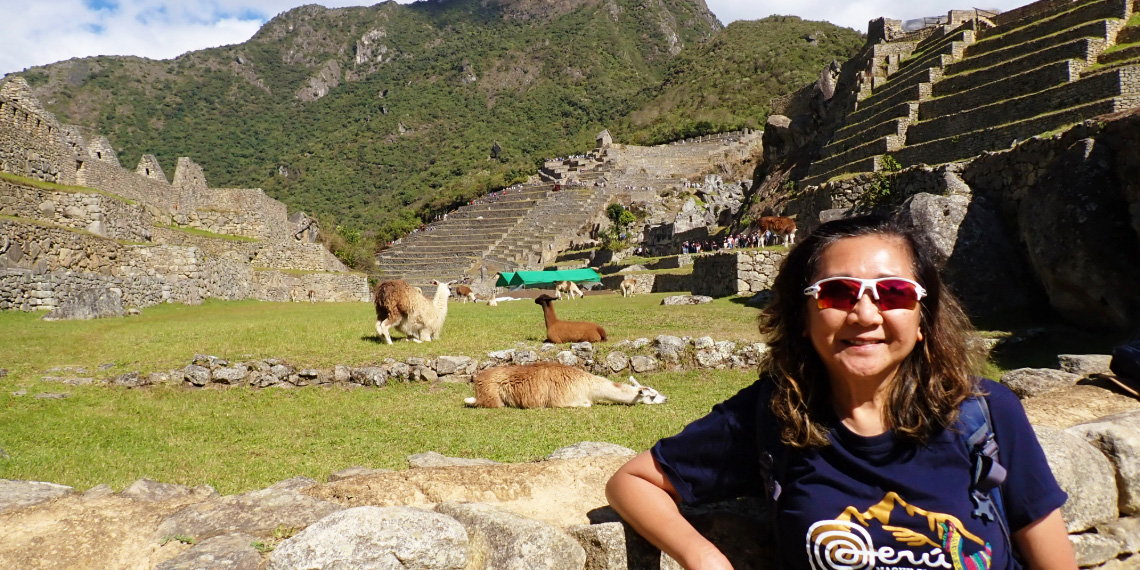
I decided to take a break, pause for a moment, and smile as I breathed in the fresh mountain air. And then, for the first time, I saw them—llamas!
It was such a joy to see these iconic animals up close, peacefully grazing on the terraces of Machu Picchu. They seemed so relaxed, almost like they truly belonged here. People often say the llamas are the true owners of Machu Picchu, and after seeing them wander freely and confidently around this ancient city, I can totally understand why. It was like they were the guardians of this magical place, just as much a part of its history as the stones themselves.
